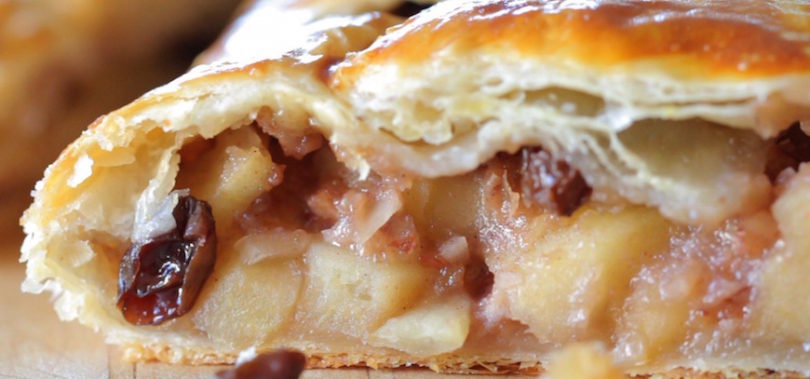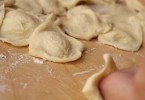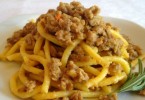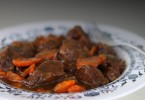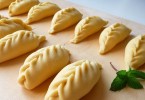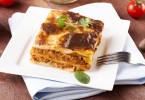The weird history of strudel
Everyone, at least once in the life, has eaten strudel, the fragrant dessert stuffed with apple and raisin, usually connected with the lodges in the mountains of Trentino Alto Adige, Austria or the middle European regions. This dessert, however, has a long history, which starts from far places, crossing cultures and continents and bring us back to Mesopotamia.
The Assyrian origin of strudel, from Asia to Turkey
The use of this thin puff pastry stuffed with a sweet filling bring us back to the Asiatic regions, where the consumption of these type of cakes has its roots in the ancient times of the Mesopotamians Reigns. An old manuscript written in the VIII century bc, describes a dessert for the Assyrian court made of thin layers stuffed with honey and walnuts.
The use of the puff pastry sweetened with honey and dry fruit has spread like wildfire, being appreciated by the population of the middle Asia populations up to Turkey, Greece and the Mediterranean basin where the Ottoman confectioners used their finest abilities to create amazing sweets made of puff pastry, treacle and dry fruit like walnuts and pistachio: the famous Baclava. This transition from middle Asia to east Europe was easy, thanks to the merchants and the fleets that traded spices, fabrics and precious goods. Through the Silk Route, together with the precious goods there was also food, so a continuous exchange of culture and knowledge was assured.
The turkey confectionery with puff pastry and honey
The masterly turkey confectioners improved the recipe giving birth to lots of varieties of small individual desserts rolled like a cigar or made of overlaid puff pastry layers basted with honey or sugar syrup, which sweetness enhance the grinded walnut, pistachios or pine nuts. The dough isn’t the traditional puff pastry, typical of the Italian and French tradition made of a great quantity of butter, but it is a kind of light and simple dough made of water, flour adding just a small quantity of butter or lard, the same of the strudel apples’ filling.
From Bataclava to the Austrian strudel
The transition from the Turkish havens to the Balkan Peninsula up to Hungary occurred in few time and right from Hungary the small delicacies became larger and rolled with fillings of different flavours such as dry fruit or jams. When Hungary, in 1699, became part of the Austrian Empire, these sweets of rolled puff pastry arrived soon in Vienna, where they were called strudel, which means roll or whirl.
The improvement of the strudel recipe is ascribed to the Austrian confectioners, that made it famous, together with the puff pastry, light and rolled out thinly and the filling tied with the typical ingredients of the territory. The classic Viennese recipe of the Apfelstrudel foresees a filling of apples, raisin and pine nuts, however in other Austrian versions they add cheese or cherries.

